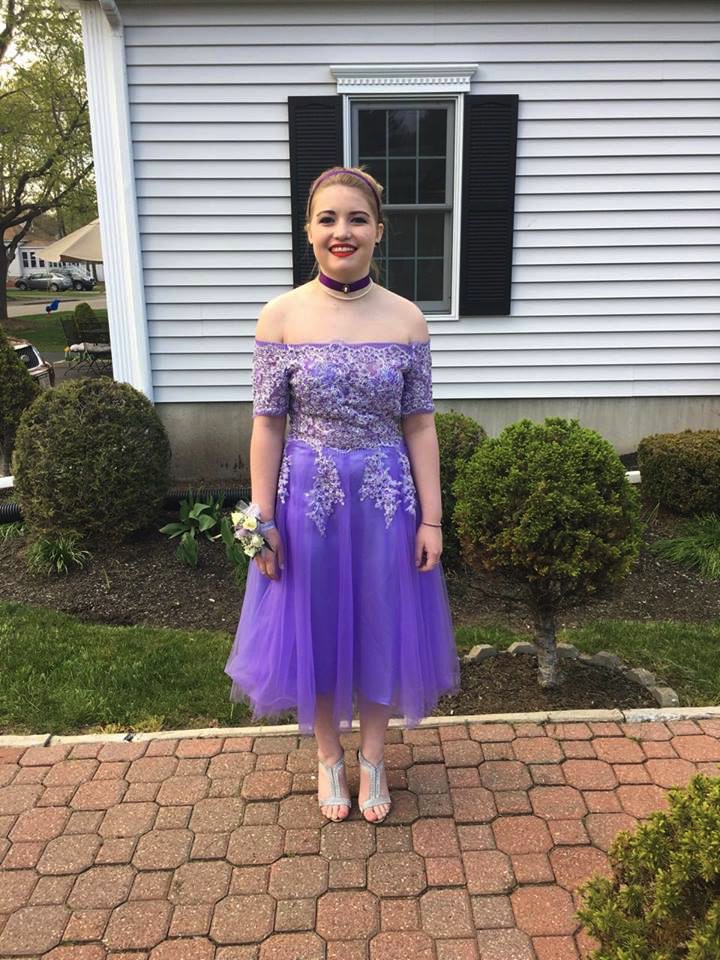“A Glimpse of Life: The Pulitzer Photographs” is a film about some of the most iconic Pulitzer Prize winning photographs throughout history. The photojournalists who took these breathtaking shots weave stories throughout the film of how they captured some of the most recognizable images, sometimes in some of the most harrowing circumstances. The images range from awe-inspiring to traumatic to heartbreaking. But the central theme that runs through them is that these photos are all masterful works of art.
Raising the Flag at Iwo Jima, Joe Rosenthal, 1945
Six battle-weary Marines work in tandem on a hill of debris and shrapnel to hoist a flag in victory. It is clear from the surrounding rubble that they balance on that the battle is fresh, that the danger may still be imminent. But they look determined. The angle of the flag makes it look as if it is heavy or perhaps it’s difficult because of the wreckage that they are standing on. But they are working together and they are going to raise this flag, as it gloriously blows in the wind. You can feel the pride in country coming through the picture, the triumph to make it up the hill.
“It’s a front seat to history.” –John White, Pulitzer Prize winning photojournalist. Raising the Flag at Iwo Jima is exactly that, an image from history that has become iconic. In this photo, you can almost feel the weight of the flag being placed on top of the horrors of war. If we didn’t have these photos to document the sacrifices made by these men, we might not appreciate the toll that war–and this war, in particular–takes on those who live and die through it.



